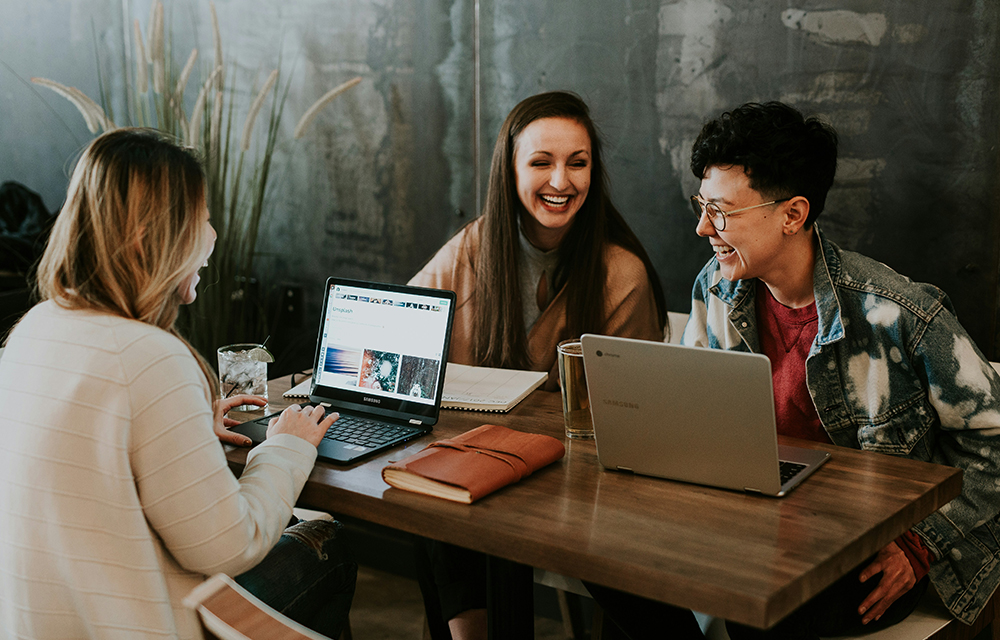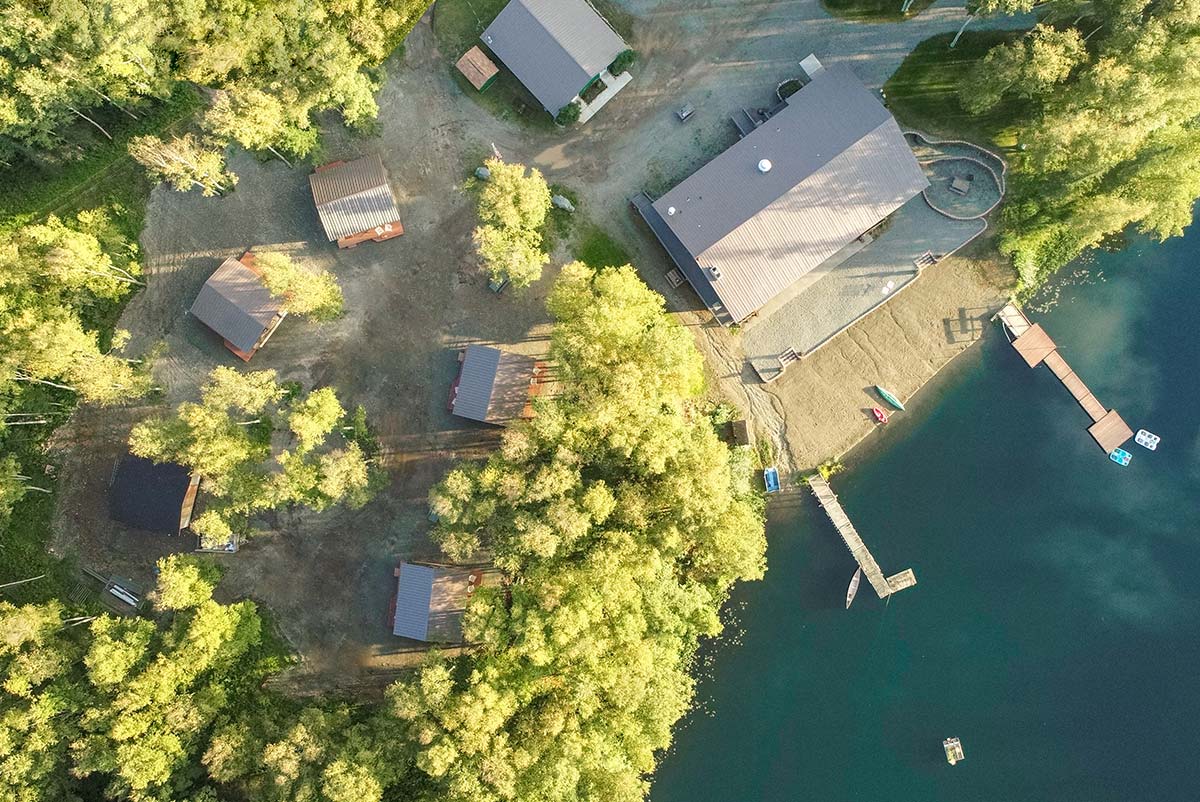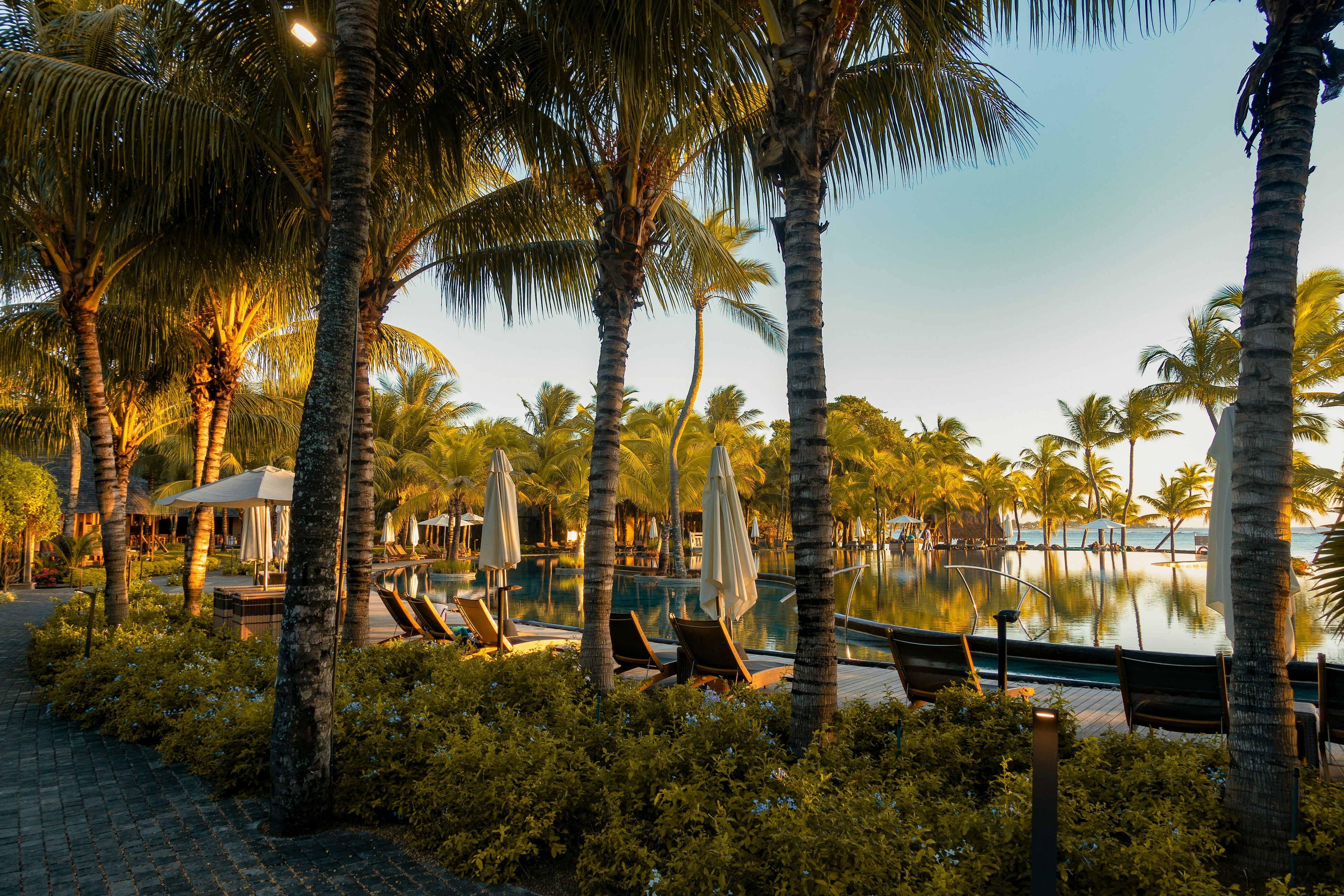B
uilding a social media following is tough work. It can take months of consistency, outreach, top-notch content creation, and more to push that snowball up the hill. Once you get to the summit, though, you look out over the horizon and see them: followers. Loyal, engaged followers who like, comment, share, and otherwise hang out in your social spaces.
Establishing a digital community is only the first part of the journey, though. Attention spans are short these days, and if you don’t take the time to nurture your loyal followers, they’ll fade away from your page (and fast). In this blog, we’re skipping past the audience building to focus on the next equally important part of the process: maintaining that audience through community management.
Here’s a look at some of the questions we get most from our clients about how to best manage, engage, maintain, and show appreciation for their online community:
Should the brand page respond to comments?
The answer here is a quick and decisive yes, because posts that receive more engagement tend to get priority in the world of social media algorithms. No matter the channel or the comment, the best practice for a branded response is to maintain a consistent, professional, and engaging presence. However, the tone of each individual response should depend on both the nature of the comment and where it was posted. Let’s break it down per type:
Public Comments (Positive and Negative)
It’s not just engagement that drives posts out to a wider audience, but quick engagement soon after the original post is published. We suggest making it a standard part of your hotel’s digital strategy to have someone available to monitor and respond to posts as soon as they go live. And don’t just have a repetitive, canned response ready – carefully read each comment and take the time to craft a thoughtful response.
If the comment is positive, start out with a sincere thank you and then engage further by asking a question or encouraging them to share even more. For negative comments, be sure to keep it polite and professional. A good rule of thumb is to thank the commenter for bringing the issue to your attention, acknowledge that they had a bad experience, and either offer a solution on the spot or ask them to contact your customer service team.
If the issue warrants, it can also be good policy to reach out to individual commenters via DM to dig further into the issue they shared. (More on that below.)
@Tags
Much of the advice for responding to tags is similar, but being tagged on someone else’s post opens your page up to a much bigger audience than just your own channels. When that’s the case, it’s imperative to respond in a way that shows an understanding of the tag, along with professionalism and personality.
Positive tags, for example, can lend themselves to a simple “Thanks for the tag!” If you love the content you’re tagged in and it’s appropriate for your brand style, let the commenter know. For neutral tags or questions, such as “@brandname, Can you add this drink to your menu?” It’s appropriate to thank the commenter for the tag and include a simple response like “We’ll pass it along to our chef!”
As with negative comments, negative tags should be handled promptly and politely to show that you take feedback seriously (or, if they’re spam or inappropriate, ignored altogether). For legitimate negative tags, acknowledging the user’s concerns or offering apologies if necessary go a long way toward building trust, as well as offering a solution if relevant.
DMs
Responding to direct messages is a bit of a different strategy in that it’s a one-on-one conversation. Like public comments, however, it’s important to respond to messages in a timely manner. There’s often a hesitation to contact a brand through social media DMs because users aren’t sure there’s anyone monitoring the page, so a quick and accurate response can go a long way to build trust and satisfaction — even if it’s an automated response saying “We’ve received your message and will get back to you within 24 hours.”
For personalized responses, put yourself in the shoes of a customer service expert: answer questions in a professional tone and to the fullest of your knowledge. But since you aren’t a mind reader, get in the habit of asking for more information or clarification if you need it to respond properly. It’s also good practice to follow up (if necessary) to see if the issue was resolved.
One final note: This may seem elementary, but use emojis early and often! They’ve become an integral part of the online lexicon, and sometimes 😂 really is worth a thousand words. Plus, it’s an opportunity to be playful without alienating your brand voice.
What are some best practices for social media community management?
When we help our clients manage their social media communities, we go through a weekly checklist to monitor and encourage engagement that includes:
- Liking comments
- Following new users and accounts, and liking user photos that tag or hashtag a property-related post
- Reposting/requesting to share user-generated content when appropriate
- Responding to select DMs (around 1-5 per month) using answers from a client-created FAQ document
We also work in partnership with a member of the client team, who is trained to help with responses during off-hours or in the case of viral posts.
Another simple yet effective best practice for community management is to ask questions. End your post with “What’s your favorite beach destination?” or ask for content, like “Share photos from your favorite activity at our hotel.” Users are naturally inclined to answer questions or provide information when asked for it, which drives not only a conversation but also encourages user-generated content.
Two common threads connect all of these tactics: acknowledging and listening to your followers. If videos fall flat but your community loves responding to polls, post more polls! If Instagram is where the action is, focus your efforts there. This doesn’t mean stop producing videos altogether or neglect your other social channels, but trends like these are signals to tweak your social media marketing.
How can community comments help my hotel social media marketing strategy?
We’ll answer the question with a real-life example: A client noticed a Facebook user commenting that they were visiting the property for a bachelorette party. The information was passed along to the on-property team, who was able to make a note on their reservation and greet them with special treatment when they arrived.
In another example, an Instagram conversation between two friends went back-and-forth about how badly they needed a mountain getaway. The client’s sales team responded to their thread with a special booking offer, leaving the comment section not only wowed by the quick and public response, but also by the hotel’s dedication to becoming their destination of choice.
In a wider sense, engaging with your social media community is also a great way to take the pulse of your audience: to listen to their feedback and keep track of what they like and what they don’t — not just in the social world, but in real life at your property. If you hear a lot of complaints that the breakfast isn’t diverse enough, for example, it could be a great opportunity to add an all-you-can-eat buffet (followed by a social media post that says “We heard you! Your breakfast choices are now endless.”)
Can I use a bot for that?
With the rapid rise of artificial intelligence, we’ve been asked quite often if AI bots can take on any of the time-consuming tasks of community engagement. Our answer is yes, with caution. These days, AI-powered chatbots can be used to handle common customer inquiries or respond to FAQs, which can free up support personnel to focus on larger or more complex issues.
Because it can learn the optimal times that your community is likely to engage with your posts, AI can be a great help in automating post scheduling to accommodate those times — especially if they’re outside of normal hours. Some programs can even go so far as to recommend content based on past posts that saw high engagement.
Beyond your own page, AI can help you track industry trends through a tactic called “social listening,” where it tracks mentions of not only your brand, but others in your industry and category, across social channels and alerts you to important conversations or potential issues.
And finally, the massive computing power of AI makes it infinitely better at analyzing data than any human brain. It can provide detailed performance tracking, predict trends, and keep your social strategy at optimum performance.
Do you know what AI can’t do, though? It can’t add that creative human touch that gives your property its unique personality and charm. Users crave authenticity, and younger generations are turned off by obvious advertising or sales-heavy language. While an AI bot can craft an answer to a question, it can’t craft a human answer. That’s why we see it as a creative assistant, and not a replacement.
If you’d like expert help with your brand’s social media community management, our team can help. Let’s talk.
























